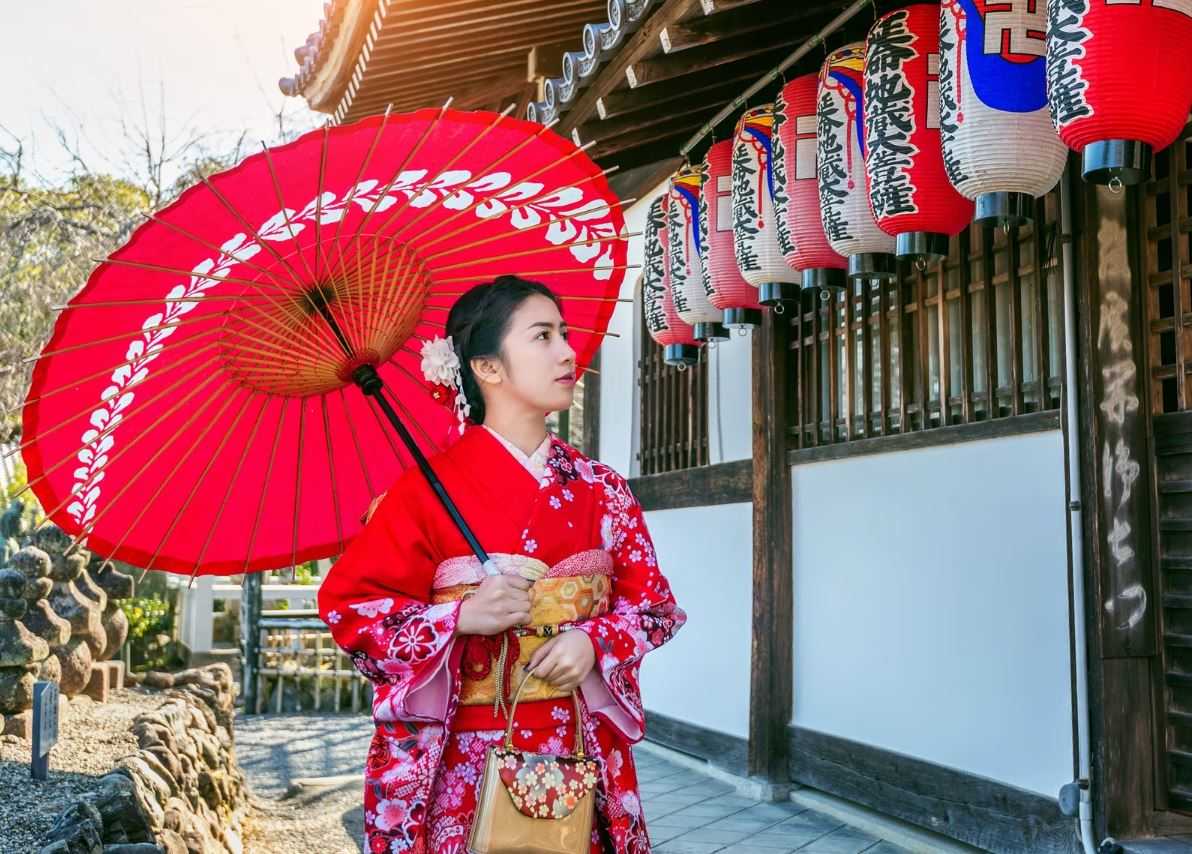China, a land of staggering geographical diversity, boasts an impressive array of natural wonders that have long attracted travelers and adventurers alike. From ancient karst mountains that seem to float among the clouds to crystal-clear lakes shimmering in hues of turquoise and blue, the Middle Kingdom’s landscapes are a testament to nature’s grandeur and artistry. Today, we’ll embark on a journey from the ethereal pillars of Zhangjiajie to the paradisiacal realms of Jiuzhaigou, diving deep into the wonders of these iconic locations.
1. Zhangjiajie: Avatar’s Floating Mountains
Best Time to Visit: April to October
Perched in the Hunan province, the Zhangjiajie National Forest Park is often recognized by its colossal pillar-like rock formations. The park, which inspired some of the floating mountains in James Cameron’s Avatar, has over 3,000 of these quartz-sandstone pillars and peaks. With many towering over 200 meters, they create a landscape that looks more out of a fantastical tale than real life.
How were they formed? Millions of years of physical erosion, caused primarily by the expansion of ice in winter and the dense vegetation growing within the cracks, molded these unique formations. On days when mist envelops these pillars, the view becomes even more mystical, making one feel as though they’ve stepped into a traditional Chinese painting.
2. Jiuzhaigou: A Valley of Fairy Tale Lakes
Best Time to Visit: Autumn
Nestled within the Min Mountains on the edge of the Tibetan Plateau in Sichuan, Jiuzhaigou Valley is a UNESCO World Heritage site known for its mesmerizing multi-level waterfalls, colorful lakes, and snow-capped peaks. The name ‘Jiuzhaigou’ translates to ‘Nine Village Valley’, attributed to the nine ancient Tibetan villages that reside within the valley.
The lakes of Jiuzhaigou have a breathtaking quality, displaying vivid colors ranging from azure blues to deep greens. This is a result of their high mineral content and the refraction of sunlight. One of the most celebrated lakes here is the Five Flower Lake, a shallow multi-colored pool with ancient tree trunks submerged within, making it a photographic haven.
How were they formed? The valley’s unique topography and hydrology are due to glacial, tectonic, and hydrological activity. The different types of lakes, from reed, to shoal and deep ones, each offer a distinct vista and experience.
3. The Yellow Mountains (Huangshan)
Best Time to Visit: Spring and Autumn
This UNESCO World Heritage site in Anhui Province offers a network of winding pathways and steps. Along the trails, visitors might stumble upon intricate ancient carvings or the rare Huangshan pine trees clinging onto the rocks.
4. Yangshuo Karst Mountains
Best Time to Visit: September to November
Located in Guangxi Zhuang Autonomous Region, the scenic beauty of Yangshuo extends beyond its karst peaks. With ancient villages nestled among the mountains and rice paddies reflecting the sky, the region offers a glimpse into China’s rural heart.
5. The Rainbow Mountains (Zhangye Danxia)
Best Time to Visit: June to September
Found in Gansu Province, these mountains span over 50 square kilometers. Apart from the vivid colors, the area is adorned with unique rock formations, valleys, and cliffs, making it a favorite for both photographers and geologists.
6. Crescent Moon Lake in Dunhuang
Best Time to Visit: May to October
This oasis, surrounded by the Mingsha Sand Dunes, offers camel rides giving visitors a chance to experience the ancient Silk Road’s ambiance. The ancient city of Dunhuang nearby is a testament to China’s historical grandeur.
7. Mount Emei and Leshan Giant Buddha
Best Time to Visit: April to October
Located in Sichuan Province, Mount Emei has diverse flora and fauna. The mountain is often covered in mist, creating a mystical atmosphere. The Leshan Giant Buddha, standing at 71 meters tall, took nearly 90 years to complete and is carved directly from a cliff face overlooking the confluence of three rivers.
8. Tiger Leaping Gorge
Best Time to Visit: April to June, September to October
Located north of Lijiang in Yunnan Province, this gorge has trails that range from the moderately challenging upper path, offering breathtaking views, to the more treacherous lower path close to the roaring river.
9. The Red Beach, Panjin
Best Time to Visit: September to October
Located in Liaoning Province, this unique beach isn’t just about the red seepweed. It’s also a sanctuary for over 260 species of birds and 399 species of wild animals, including the endangered red-crowned crane.
10. Hani Rice Terraces, Yuanyang
Best Time to Visit: December to April
These terraces in Yunnan Province are a living cultural landscape, representing the Hani people’s symbiotic relationship with nature over 1300 years. Every morning, as the sun rises, the terraces come alive with golden hues reflecting in the waters.
11. Detian Waterfall
Best Time to Visit: May to November
Located in Guangxi Zhuang Autonomous Region, near the Vietnam border, the water here drops from a height of over 70 meters across a width of 200 meters, producing mesmerizing mist clouds and echoing roars.
12. Mount Kailash, Tibet
Best Time to Visit: May to October
Situated in the remote southwestern portion of the Tibetan Plateau, this peak is not just a natural marvel but also a pilgrimage site. With its four starkly contrasting faces—made of crystal, ruby, gold, and lapis lazuli—Mount Kailash offers a challenging trek known as the “Kora,” a sacred circuit around the mountain.
China’s vast and diverse landscape is a testament to the Earth’s unparalleled beauty and the intricate tapestry of nature’s wonders. Each of these twelve sites, from the surreal limestone pillars of Zhangjiajie to the sacred heights of Mount Kailash, reveals a story not just of geology and natural evolution, but also of the intimate relationship between humans and the environment. They showcase China’s commitment to preserving its rich natural heritage and underscore the importance of global conservation efforts.
As travelers, these destinations beckon us to explore, to connect with nature, and to find a deeper appreciation for our planet’s marvels. Whether you’re an avid adventurer, a curious wanderer, or someone seeking spiritual solace, China’s top natural wonders offer a transformative experience that lingers long after the journey ends. So, the next time you’re mapping out a travel itinerary, consider immersing yourself in the unparalleled splendors of China’s natural landscapes.



